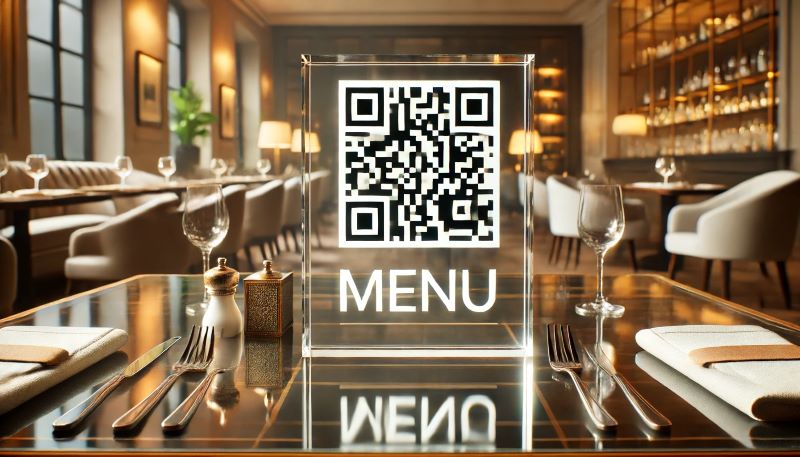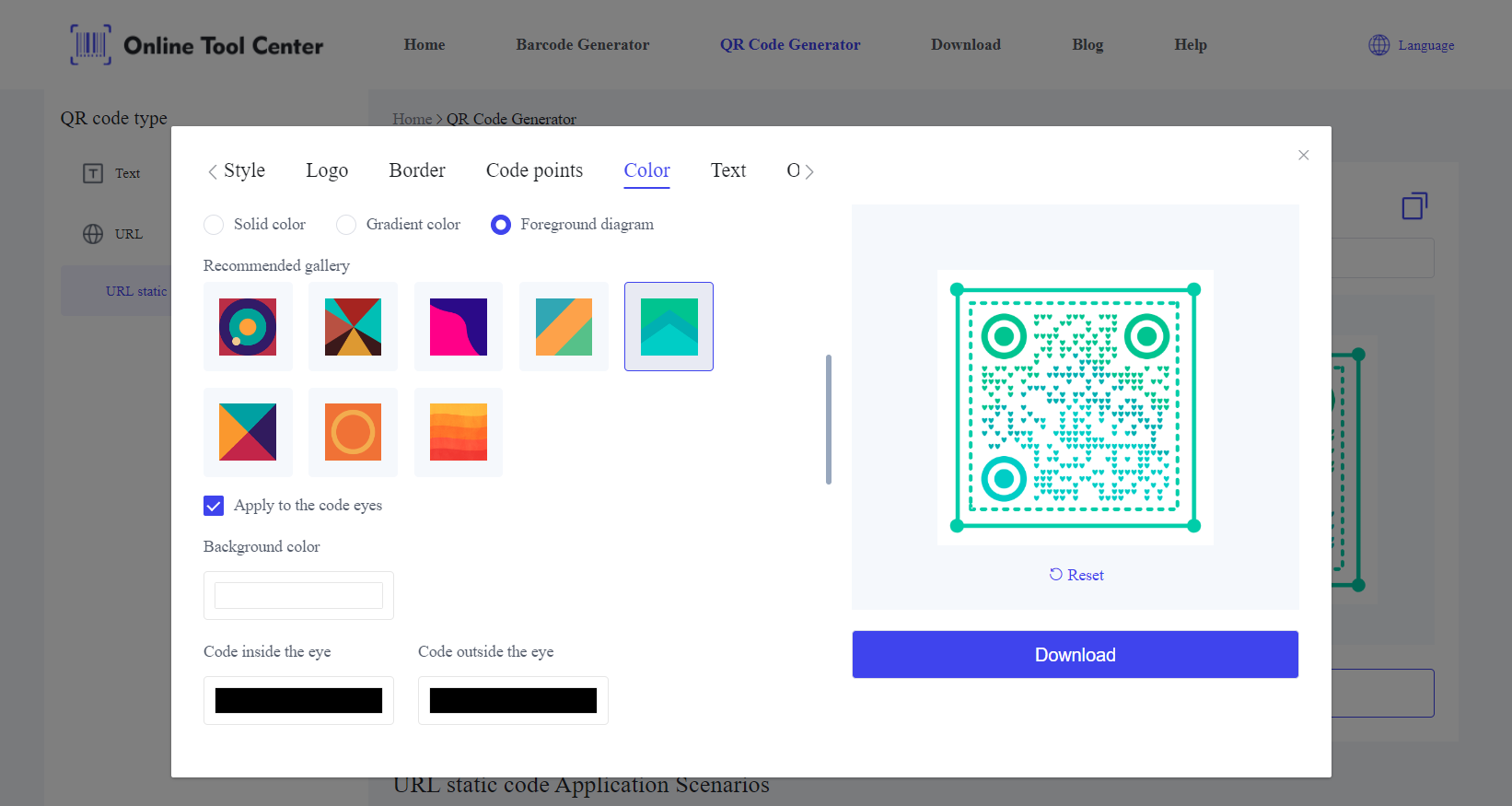QR codes have become a staple for quick information access and seamless user interaction. An exciting advancement in this area is the development of glass QR codes.
This article explores the concept of glass QR codes, their importance, and their growing popularity across various sectors.
What is a Glass QR Code?
Glass QR codes are embedded, etched, or printed onto glass surfaces.Unlike traditional QR codes printed on paper or plastic, glass QR codes offer a sleek and modern appearance that integrates well with contemporary designs.
These QR codes are made using advanced techniques like laser etching, UV printing, or sandblasting, resulting in a durable and aesthetically pleasing product.
The Technology Behind Glass QR Codes
Creating glass QR codes involves several sophisticated techniques:
● Etching: Laser etching precisely removes material from the glass surface to form the QR code pattern. This method is highly accurate and durable.
● Printing: UV printing applies QR codes directly onto the glass surface using ultraviolet light to cure the ink. This method is quick and allows for high customization.
● Engraving: Similar to etching, engraving involves carving the QR code into the glass, often resulting in a deeper and more tactile code.
These techniques ensure that glass QR codes are not only visually appealing but also long-lasting, resistant to wear, and easy to maintain.
Benefits of Using Glass QR Codes
1. Aesthetic Appeal
Glass QR codes offer a sleek and modern look that complements various design styles. They can be customized to fit specific applications, making them suitable for upscale environments where appearance is crucial.
2. Durability and Maintenance
One of the significant advantages of glass QR codes is their durability. They are resistant to wear and tear, easy to clean and maintain, ensuring longevity and consistent performance.
3. Enhanced User Engagement
Glass QR codes provide a seamless and engaging user experience. They allow for quick access to information and services, enhancing customer interaction and satisfaction.
Applications of Glass QR Codes
1. In Business and Retail
Glass QR codes can significantly enhance product packaging and displays by adding a modern touch and interactive element.
Retailers can use glass QR codes on storefront windows to provide customers with information about promotions, store hours, and upcoming events.
Several stores have successfully integrated glass QR codes into their displays.
For example, a fashion retailer used glass QR codes on window displays to offer detailed product information and styling tips, enhancing the shopping experience.
2. In the Hospitality Industry

Hotels and restaurants are adopting glass QR codes for various purposes, such as digital menus, contactless check-ins, and room information.
This not only improves the guest experience but also streamlines operations by providing instant access to essential information.
A luxury hotel implemented glass QR codes for room information, allowing guests to easily access amenities and services, resulting in positive feedback and increased convenience.
3. In Art and Design
Artists and designers are incorporating glass QR codes into sculptures and installations, creating interactive art pieces that engage audiences in new ways.
These codes can link to additional content, such as artist biographies, the story behind the artwork, or virtual tours.
One notable example is an art exhibition where each piece had a glass QR code linking to a video of the artist discussing their work, providing deeper insight and engagement for visitors.
How to Implement QR Codes on Glass?
Step-by-Step Guide:
1. Design the QR Code: Use an online free QR code generator to create your code. Ensure it links to the correct information.

2. Choose the Glass Surface: Select a suitable glass surface, considering the location and intended use.
3. Select the Embedding Technique: Decide whether to use etching, printing, or engraving based on your needs and budget.
4. Prepare the Glass: Clean the glass thoroughly to ensure the QR code adheres properly.
5. Apply the QR Code: Use professional services for etching, printing, or engraving to ensure high quality.
6. Test the QR Code: Scan the code to ensure it works correctly and is easy to read.
Tips for Creating QR Codes on Glass
● Contrast: Ensure there is sufficient contrast between the QR code and the background.
● Size: The QR code should be large enough to be easily scanned.
● Placement: Avoid placing the QR code in areas with heavy reflections or direct sunlight.
FAQs
1. Will a QR code work on glass?
Yes, QR codes work on glass as long as they are created with sufficient contrast and clarity.
2. Can you scan a QR code through a window?
Yes, QR codes can be scanned through a window if there are no obstructions and adequate lighting is available.
3. Are glass QR codes durable?
Yes, glass QR codes are highly durable and resistant to wear and tear, making them ideal for long-term use.
In short, glass QR codes represent a versatile and innovative solution for various industries, offering a blend of aesthetic appeal, durability, and enhanced user engagement.
Discover the possibilities of glass QR codes and start implementing them today by visiting a QR code generator.




